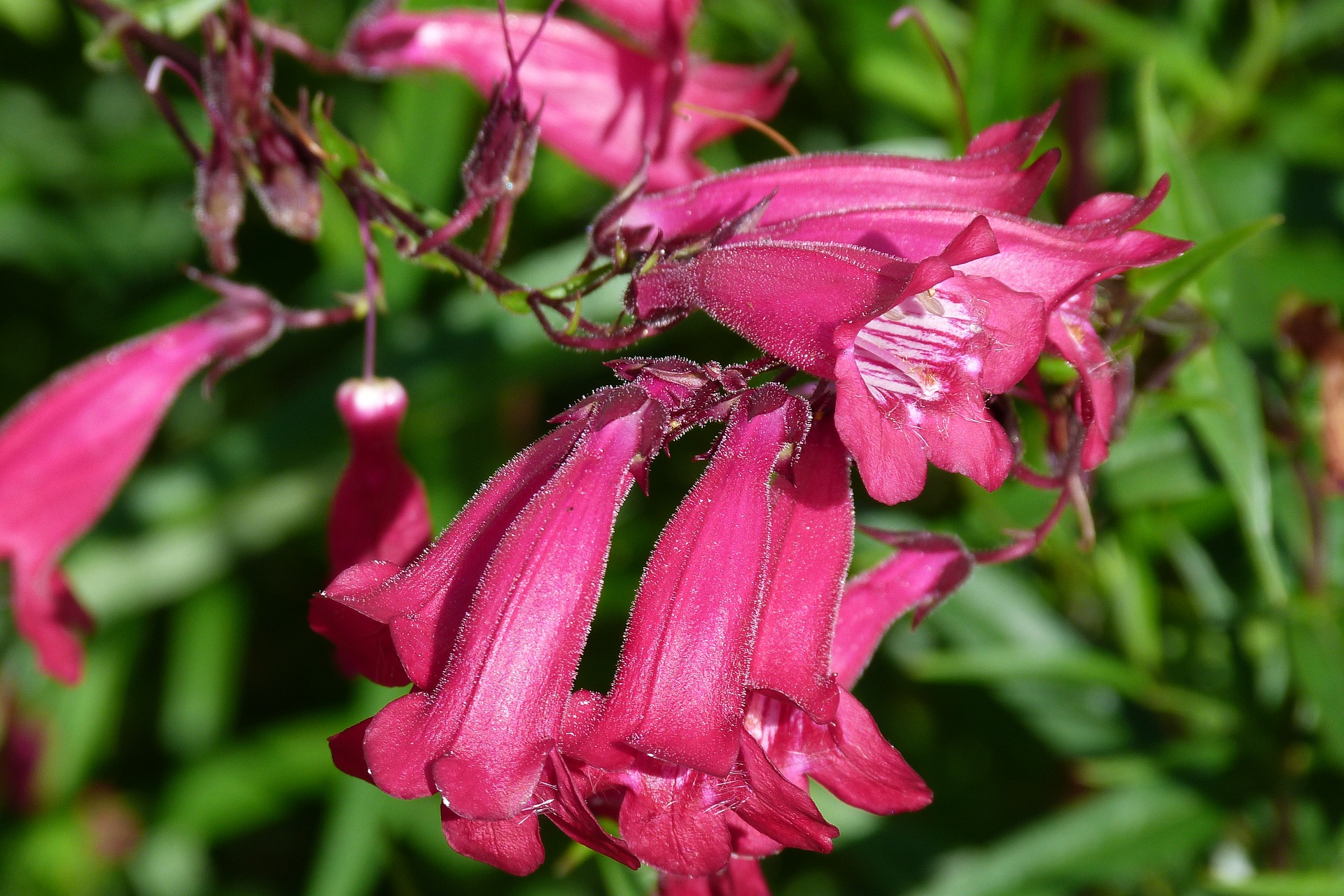If you want to know how to propagate penstemon, you can choose from four methods; cuttings, seeds, division, and layering. It is one of those flowering plants that give gardeners many options to root them. And best of all, you have 250 varieties of penstemon to choose from.
To ensure the success of your propagation, consider starting penstemon in the greenhouse. The controlled environment will ensure seed germination and robust parent plants for other methods of rooting. Even if you have unstable conditions in your state, you can cultivate this beautiful perennial without issues by adjusting the greenhouse.

How To Propagate Penstemon For Beginners
Rooting from cuttings
If you already have an existing cultivar of penstemon, chances are you want to learn how to root from cuttings. Compared to using seeds, propagation by cuttings is more reliable if you want to get the same characteristics of a parent plant. And what’s excellent with penstemon is that you can take softwood cuttings any time during the growing season.
However, experienced gardeners recommend taking 5-inch cuttings from late summer to early autumn. Much like propagating vinca from cuttings, you want penstemon cuttings to have no flower. Afterward, remove the lower leaves of your cutting and reduce the moisture loss by trimming the top and side leaves as well.
To encourage growth, don’t forget to dip your cutting in rooting hormone and compost-perlite mixture. Where can you plant penstemon cuttings? The North Carolina State Extension recommends using a greenhouse for easier maintenance of the humidity that’s ideal for the cuttings.
For penstemon, you can use modular trays or a pot to house five cuttings. You can then transfer your plants once they rooted. Again, using a greenhouse can help strengthen your rooted cuttings until they are ready for transplanting outdoors.
Rooting from seeds
If you are not particular with getting your parent plant’s clones, you can propagate penstemons from seeds. It’s best to start them indoors to avoid the threat of extreme weather or temperatures. Still, remember to sow in early spring and then plant the penstemons outside come early summer.
The drawback of propagating penstemon from seeds is that you need to know your variety or species’ specific requirements and germination conditions. For example, you may need to do a seed treatment beforehand. And when sowing seeds, be generous since penstemon plants don’t guarantee a 100% germination rate.
Another disadvantage of propagating penstemon from seeds is that most species will require a long moist stratification period. Failure to do so will also affect germination, especially if you have northern penstemons. Overall, using a greenhouse would be your best solution to provide all your penstemon seed’s requirements and conditions more conveniently.
Rooting from divisions
Much like hellebores, you can propagate penstemon by divisions. This method is another useful technique if you want to guarantee your plants’ specific characteristics from your hybrids and particular species. If you have a desired established plant, you can root by divisions to ensure that you’ll get the exact copy.
If you have a plant that has turned woody over time, it also makes a good candidate for division. To propagate by division, you want to gently dig up the plant by loosening the soil around its base. The Penstemon digitalis is one of the easiest penstemons to divide because the crown divides into several rosettes.
Depending on your climate, you may or may not plant the divisions immediately. This is also one reason why dividing is recommended in early spring to give the plants time to recover before the heat comes. Otherwise, it’s also safe to divide right after the plant blooms or when summer is done.
If you’re not using a greenhouse and the conditions are harsh, make sure that you let your sections recover first. Each section should have their pot of moist soil, and then you can replant them to the ground if they didn’t wilt.
Rooting from layering
The last method for propagating penstemon is from layering. This technique is relatively easier than division because all you need to do is cut the stems that spread along the ground and have rooted. You don’t have to disturb the parent plot, and you’ll still have sections for propagation.
Similar to rooting by division, you can plant the sections immediately or wait until the roots have grown enough to match the size of it. An excellent tip to help more roots spread on the stems is by removing some of the penstemon leaves and mound some soil around the stem. You can even dust it with rooting powder or pin the stem with a bent wire, so its roots better.
Conclusion
Penstemon or beardtongue is a beautiful plant with so many varieties to choose from. Therefore, learning how to propagate penstemon successfully is a must so you can conduct the best method for your plants. You can select from cuttings, seeds, division, and layering, depending on what is best for your variety.
Out of the four methods, perhaps using seeds is the most technical because some penstemons have specific germination requirements. On the other hand, the remaining three are more advantageous if you want to guarantee your parent plant copy. Still, one can conclude that using a greenhouse will help propagation be successful because it allows the gardener to control the ideal environment for the growth of penstemons.
